By Charles Hilbert
The 3rd century BC in Greece was an age of military innovation. The lessons learned in the Peloponnesian War (431-404) led to the increased use of lightly armed troops and cavalry. The Theban leader Epaminondas developed the oblique order of battle, and the century’s closing decades saw the emergence of the Macedonian phalanx. The reforms of Iphicrates contributed greatly to the creation of this famous formation.
The Peltasts of General Iphicrates
Iphicrates first enters the pages of history during the Corinthian War (394-386 bc). The Spartan king, Agesilaus, had just taken several fortified positions and a great amount of booty from the Corinthians and their allies, the Athenians and the Argives. He was camped some miles to the east of Corinth, having left a garrison in the coastal city of Lekhaion to keep an eye on his enemies.
It was the custom of the Spartans’ allies, the Amyklaions, wherever they were, to go home for the holiday called the Hyakinthia, to sing paeans to Apollo. The Amyklaion contingent of the Spartan army was posted in Lekhaion, and in order to get back to Amyklai, which was located a little south of Sparta, they had to pass by Corinth. The Spartan commander in charge of the garrison at Lekhaion ordered the rest of the Spartan allies to guard the walls while he escorted the Amyklaions safely past Corinth with a contingent of Spartan hoplites and cavalry.
Twenty miles outside of Sikyon, the Spartan commander ordered the cavalry to accompany the Army klaions as far as they wanted to go and then to catch up with the hoplites. This left the hoplites without any cavalry support. Since hoplites could not run far in their armor, all good hoplite commanders made it a point to have cavalry guarding their flanks in case of attacks by the enemy’s cavalry and light infantry. The Spartan commander, perhaps overconfident after his countrymen’s recent victories, began to march back to Lekhaion, past Corinth, which just happened to be full of Athenian soldiers under the command of Iphicrates.
Iphicrates and Callias, the commander of the Athenian hoplites, wasted no time. With the Athenian hoplites drawn up close to the city walls, Iphicrates’s peltasts (light infantry) ran up to the Spartans and let fly with their javelins, killing and wounding several of the Spartan hoplites. The Spartan commander had the shield-bearers, servants who carried the hoplites’ equipment, take the wounded back to Lekhaion. Then he sent out the youngest hoplites in pursuit of the peltasts. It was an impossible task. The peltasts had a head start, and they dashed away as soon as they threw their weapons. When the pursuing hoplites ran out of steam, the peltasts turned back and threw still more javelins. Some ran around to the hoplites’ unshielded right sides and launched their javelins from there, killing several more hoplites.
The furious Spartan leader ordered another pursuit. The peltasts killed more Spartans. By the time the cavalry caught up with the Spartans, they had lost most of the younger, stronger hoplites, who had outdistanced the others and run, literally, into trouble. The return of the cavalry did not help. For some reason they stayed close to the hoplites and did not pursue the peltasts far enough or fast enough. This made the peltasts even bolder. Finally, at a loss, the Spartans made a last stand on a small hill outside Lekhaion.
Those in Lekhaion, seeing the Spartans in trouble, sailed out in small boats until they were opposite the hill. By this time it was all over for the Spartan hoplites. While the Athenian hoplites advanced on them from the front, the unrelenting peltasts struck them down from afar with their sharp javelins. The hoplites broke formation, some managing to reach the sea or get back to Lekhaion. About 250 did not make it at all.
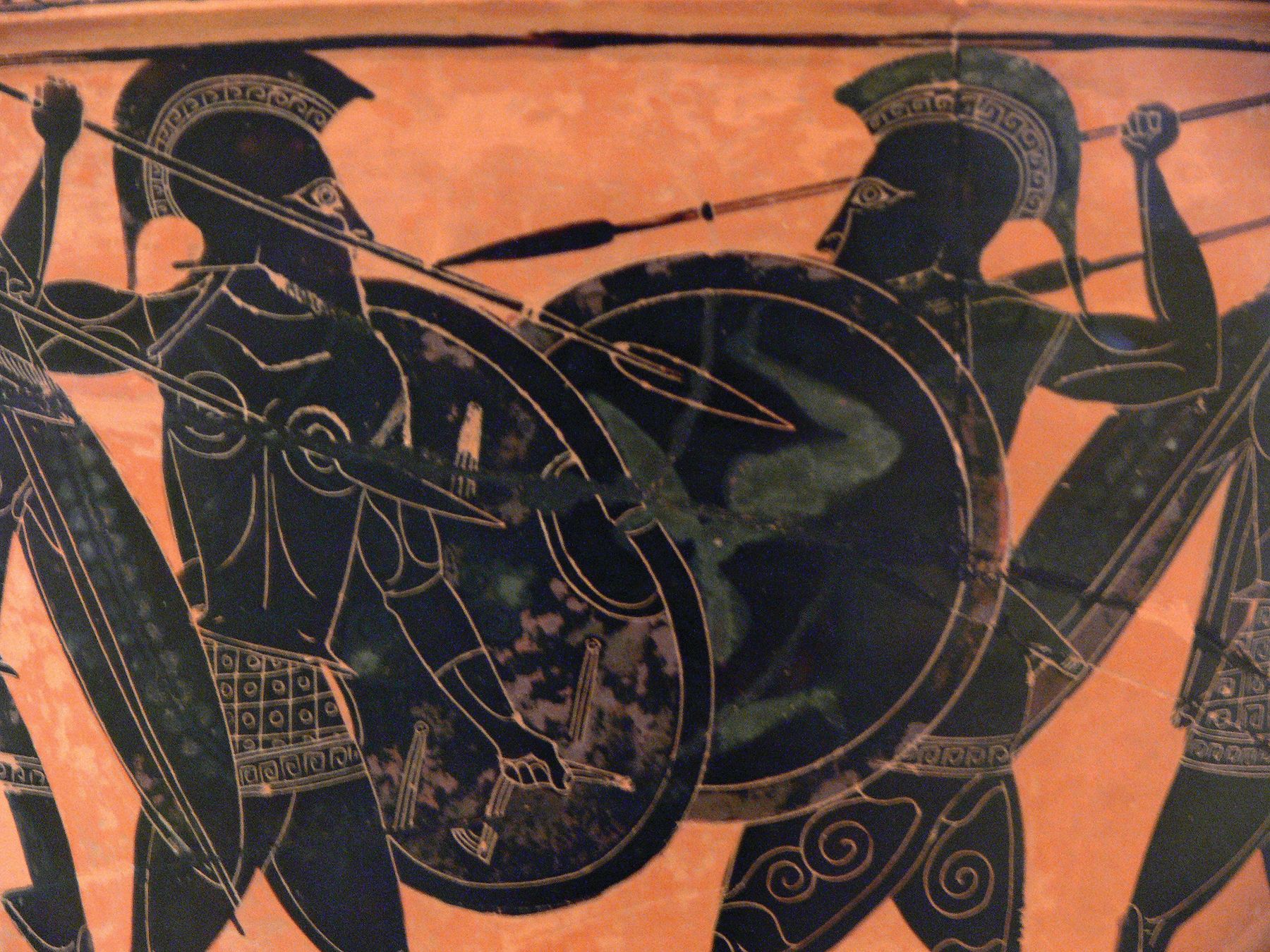
The Peace of Antalcidas
The next year, the Athenians managed to bring Byzantium under their wing. Byzantium controlled the grain route to the Black Sea, and the Athenians taxed every ship that sailed through the Bosporus. The Spartans sent Anaxibias to deal with this matter. The Athenians sent Iphicrates to deal with Anaxibias.
After some initial success, Anaxibias carelessly led his army into an ambush arranged by Iphicrates. His force of mercenaries and allies was marching in column down a long slope when Iphicrates and his peltasts, many of whom had been in the action at Corinth the year before, came out of nowhere. Realizing that his army was about to be destroyed, Anaxibias took his shield from his servant and said that it was all his fault and that the soldiers should save themselves as best they could. His only recourse was to die with honor. Twelve Spartans who stayed with him went down fighting as well.
The Peace of Antalcidas (386 bc) ended the Corinthian War after the king of Persia bankrolled a Spartan fleet, which threatened to blockade Athens into submission. By 375 bc, King Artaxerxes, intending to make war on the Egyptians, decided to help end the Greek civil wars. In this way, Artaxerxes hoped that the Greeks, freed from the civil war at home, would be available to serve him as mercenaries. He sent ambassadors to Greece calling on the cities to put together a common peace. The Greeks, worn out by the unrelenting wars, were glad to cooperate.
Iphicrates Begins His Egyptian Campaign
In the spring of 374, the Persian king set in motion his plan to recapture Egypt. Iphicrates arrived in Asia Minor, where the muster of troops was being held. Persian general Pharnabazus, who had fought Agesilaus during his Asian campaign some 20 years before, was appointed to command the Egyptian expedition. The preparations took more than a year to complete and included the muster of 20,000 Greek mercenaries and 500 ships under the command of Iphicrates. There was also a huge crowd of camp followers accompanying the soldiers.
Iphicrates was impatient over the delay and complained to Pharnabazus, saying that Pharnabazus was quick to speak but slow to act. Pharnabazus responded that he was master of his own words but that the king of Persia was master of his deeds. Finally, at the beginning of the next summer, the expedition set out to re-conquer Egypt. While the huge army marched south, the fleet kept pace, sailing along the coast.
Iphicrates Returns in Disgrace
As they arrived near the Nile delta, they could see that the Egyptians had put to good use the time afforded them by the Persians’ lengthy preparations. The king of Egypt, Nectanebus, learning of the Persian approach, had made great efforts to see that his country was well fortified. Each of the seven mouths of the Nile was protected by a fortified city or town, with towers commanding the harbor entrances. The Pelousion mouth was especially well fortified because it was the first to be encountered by those coming from Syria, and this was the logical approach for the Persian army. Nectanebus had his men fence off the Pelousion with a ditch and wall off the harbors and the landward approaches with earthen embankments.
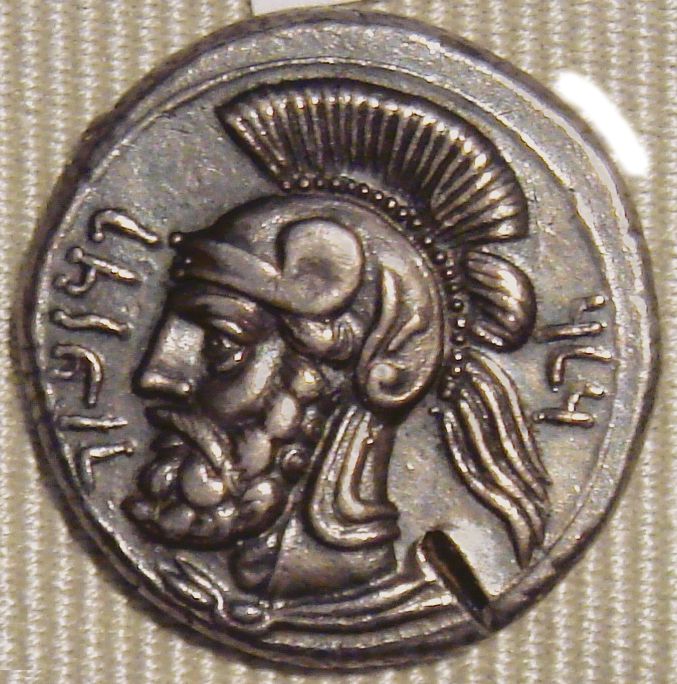
The Persian generals took one look at the fortifications around Pelousion and decided to try landing somewhere else. The fleet put farther out to sea, sailing out of sight of land so that their movements and direction would not be seen by the enemy. At the Nile mouth, they found a beach large enough to effect a landing. Pharnabazus and Iphicrates disembarked with 3,000 men and made for the walled town at the river’s mouth. The Egyptians met them with an equal number of horse and foot soldiers, and soon a fierce battle was raging. The Persians, reinforced by men from their ships, encircled the Egyptians. Once the battle was truly joined, the Persians landed more men behind the Egyptians to take them in the rear. Many Egyptians were killed or captured, and those left behind were pursued into the town of Memphis.
At this point, things began to sour for the Persians. Iphicrates, learning from captives that Memphis was undefended, advised an immediate attack on the city. Those around Pharnabazus thought it was necessary to wait for the whole force of Persians to arrive on the scene. Iphicrates asked to be allowed to go ahead with his mercenaries, promising to take Memphis with this force alone. The Persians didn’t like this idea, suspecting that he meant to take Egypt for himself. When Pharnabazus refused his request, Iphicrates warned that the refusal would jeopardize the entire campaign.
The Egyptians wasted no time in sending a suitable guard to Memphis and massing their forces against the beachhead. There they mounted an unrelenting attack against the invaders. As Iphicrates had warned, the Persian attack on Egypt was halted dead in its tracks. The fighting around the mouth of the Nile went on until the river began to flood. Rather than spend the winter on hostile soil, the Persians decided to give up their attempt to conquer Egypt and withdrew in disgrace.
Sometime during the voyage back to Asia, the lingering tension between Pharnabazus and Iphicrates came to a head, and Iphicrates seized a ship under cover of darkness and sailed back to Athens. Pharnabazus sent ambassadors to Athens to denounce Iphicrates as being personally responsible for the failure of the Egyptian expedition. The Athenians answered that if they found that Iphicrates had acted unjustly, they would punish him according to their own laws. In the end, nothing was done to him.
The Innovations of Iphicrates
Iphicrates made several modifications to the hoplite panoply, possibly based on things he had seen during his service in Egypt. He did away with the large, round hoplite shield and replaced it with the familiar pelta, the small, half-moon shaped shield of the peltasts. He increased the spear by half-again its length and nearly doubled the size of the sword, while replacing the peltasts’ heavy bronze armor with lighter-weight linen. The son of a shoemaker, he also designed lightweight boots that were easier to untie—ever afterward they were called “Iphicratids.”
These innovations were tested and their efficacy confirmed by use, Iphicrates bragged, but where and when he does not say. They do, however, bear a certain resemblance to the weapons of the Macedonian phalanx, not to be seen yet for another generation but whose appearance would change the course of world history.
Following the death of her husband, Amyrtas III, Eurydice, the mother of Perdiccas and Philip, fled with her sons to Iphicrates for protection. This Philip was the future Philip II of Macedon, the father of Alexander the Great. It was perhaps while he was under Iphicrates’s protection that Philip became acquainted with the military reforms that made his host famous throughout antiquity. Philip also spent time as a hostage in Thebes, where he no doubt saw the deepened phalanx and oblique order developed by Epaminondas and realized how effective this formation could be when used in conjunction with the reforms of Iphicrates. He would combine these innovations to develop the famous and virtually unstoppable Macedonian phalanx.
Iphicrates continued to serve his country for another 20 years, leading an expedition that successfully raised the Lacedaemonian siege of Corcyra in 373 bc and, less successfully, taking part in the Social War (357-355 bc), during which he was accused of failing to attack during a severe storm in the Hellespont. Iphicrates paid a fine for his alleged dereliction of duty and afterward lived to a ripe old age. Since none of the ancient sources mentions his death in battle, it is safe to assume that Iphicrates, in contrast to most of his warrior contemporaries, died in bed.
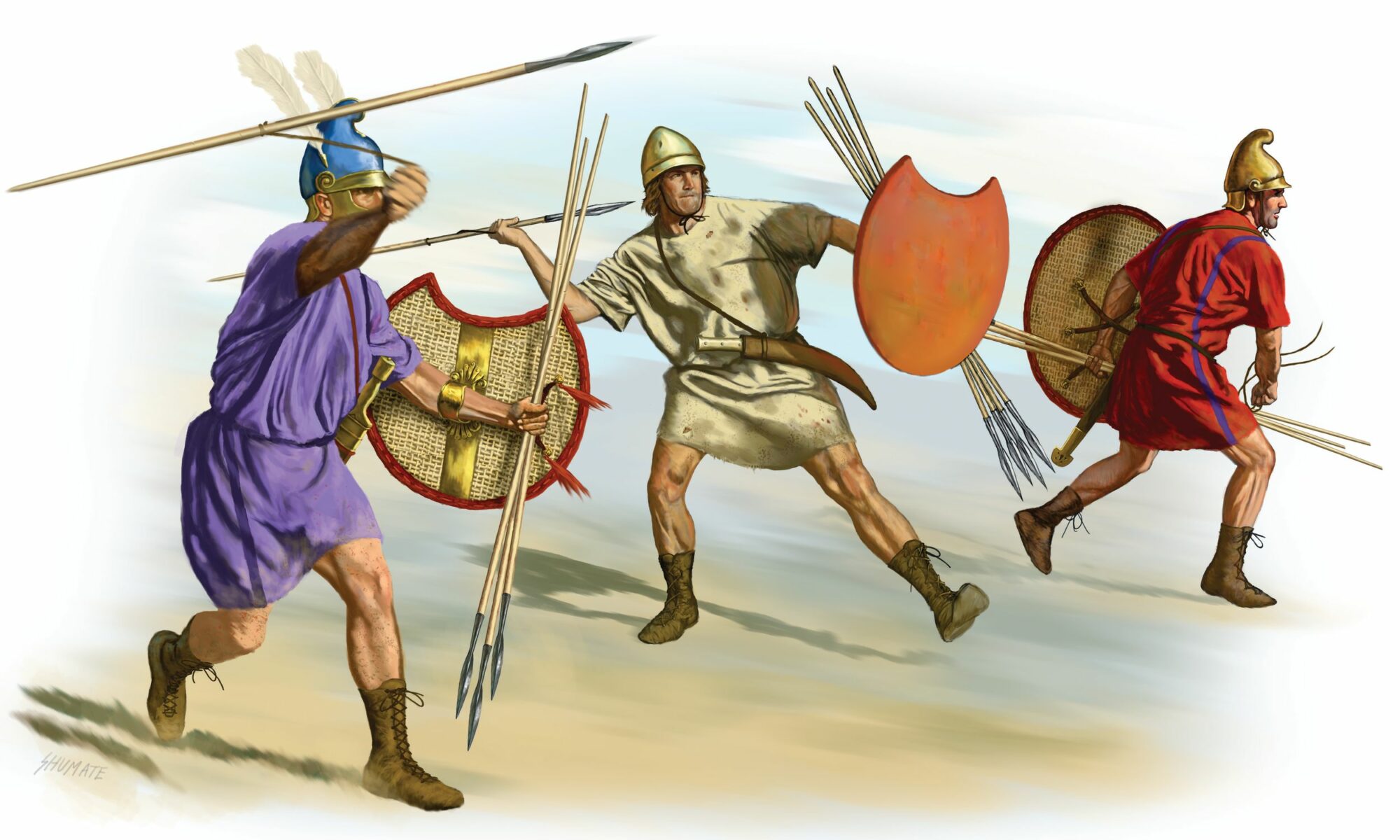

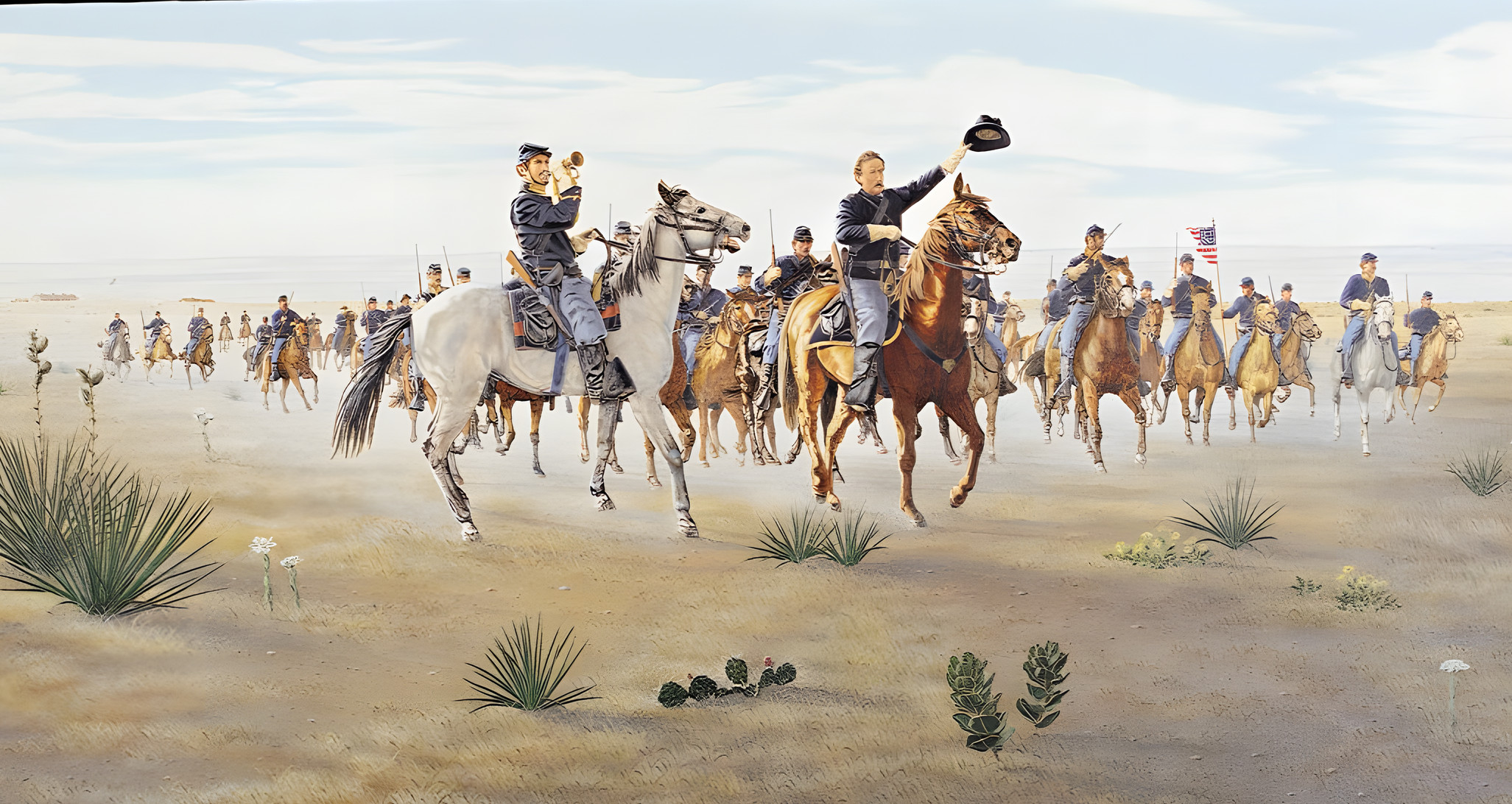
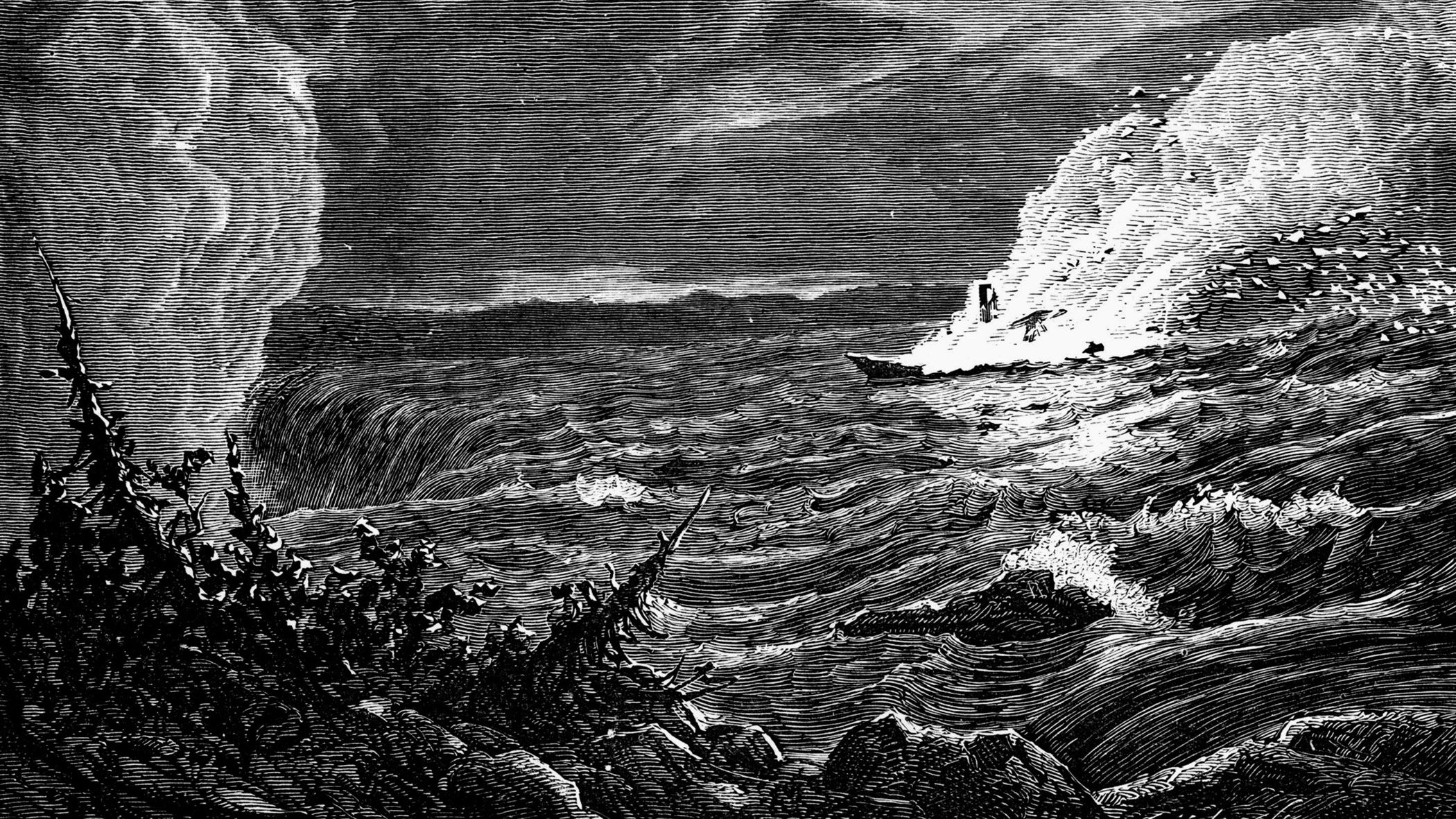

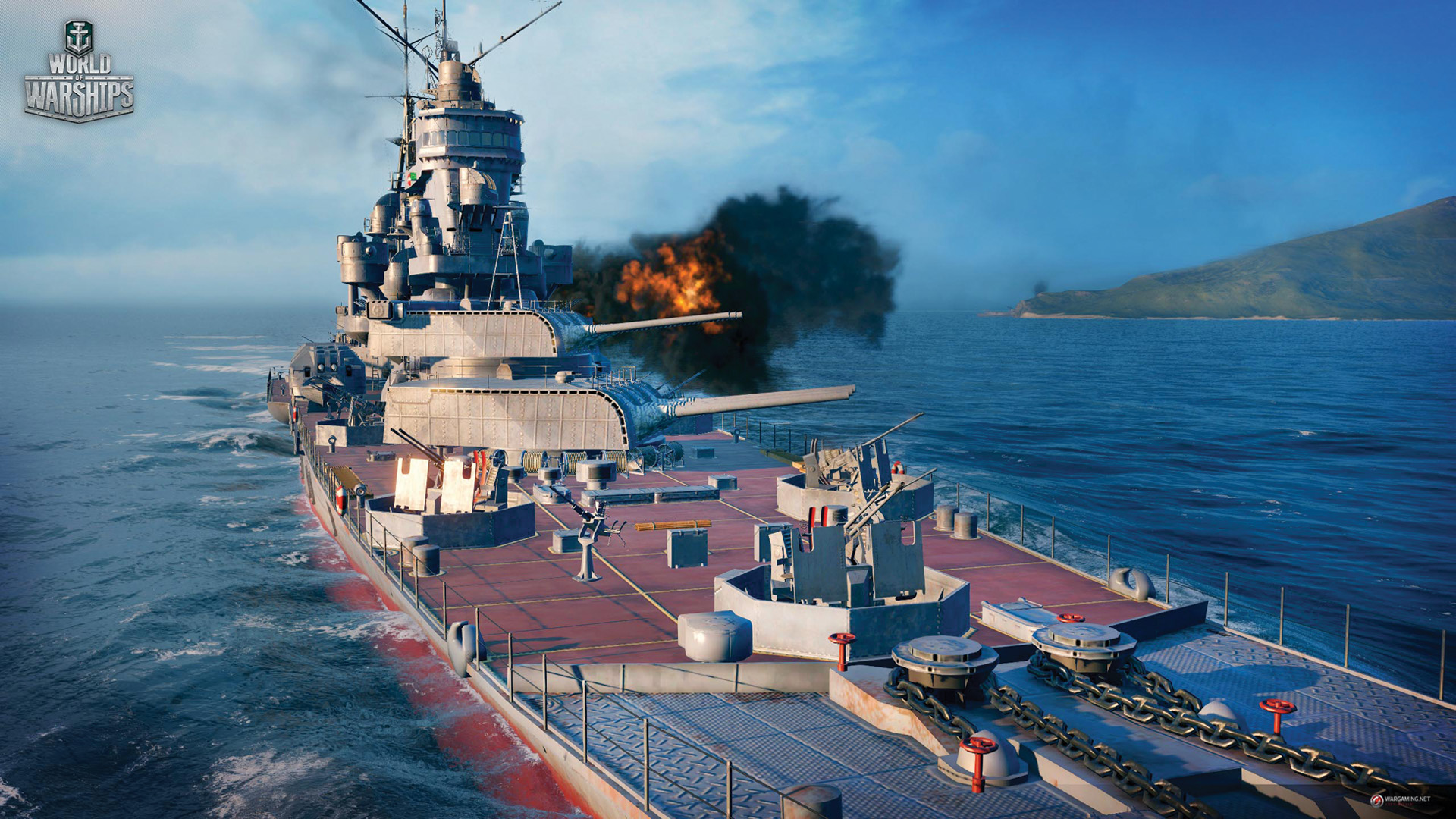
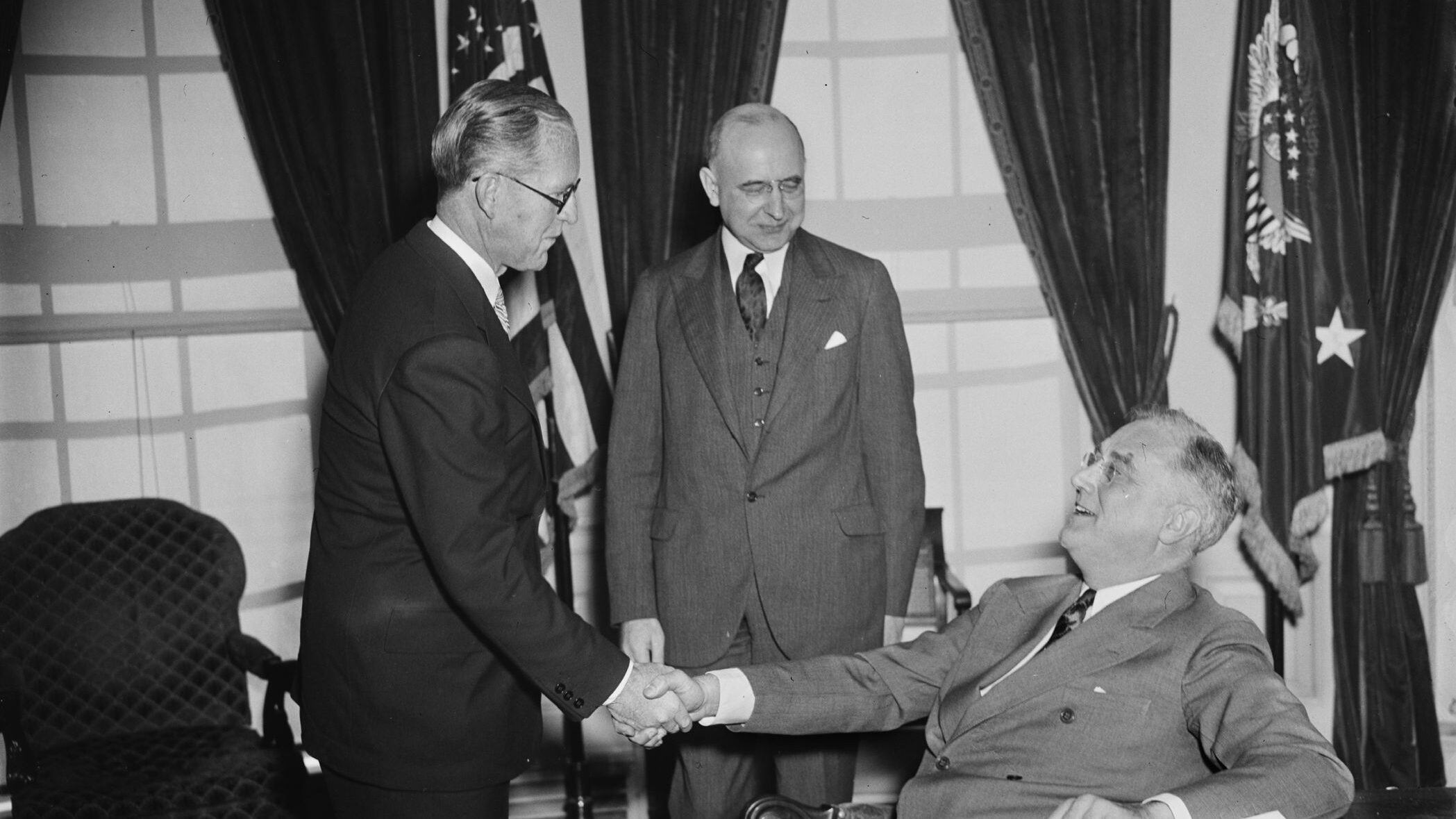
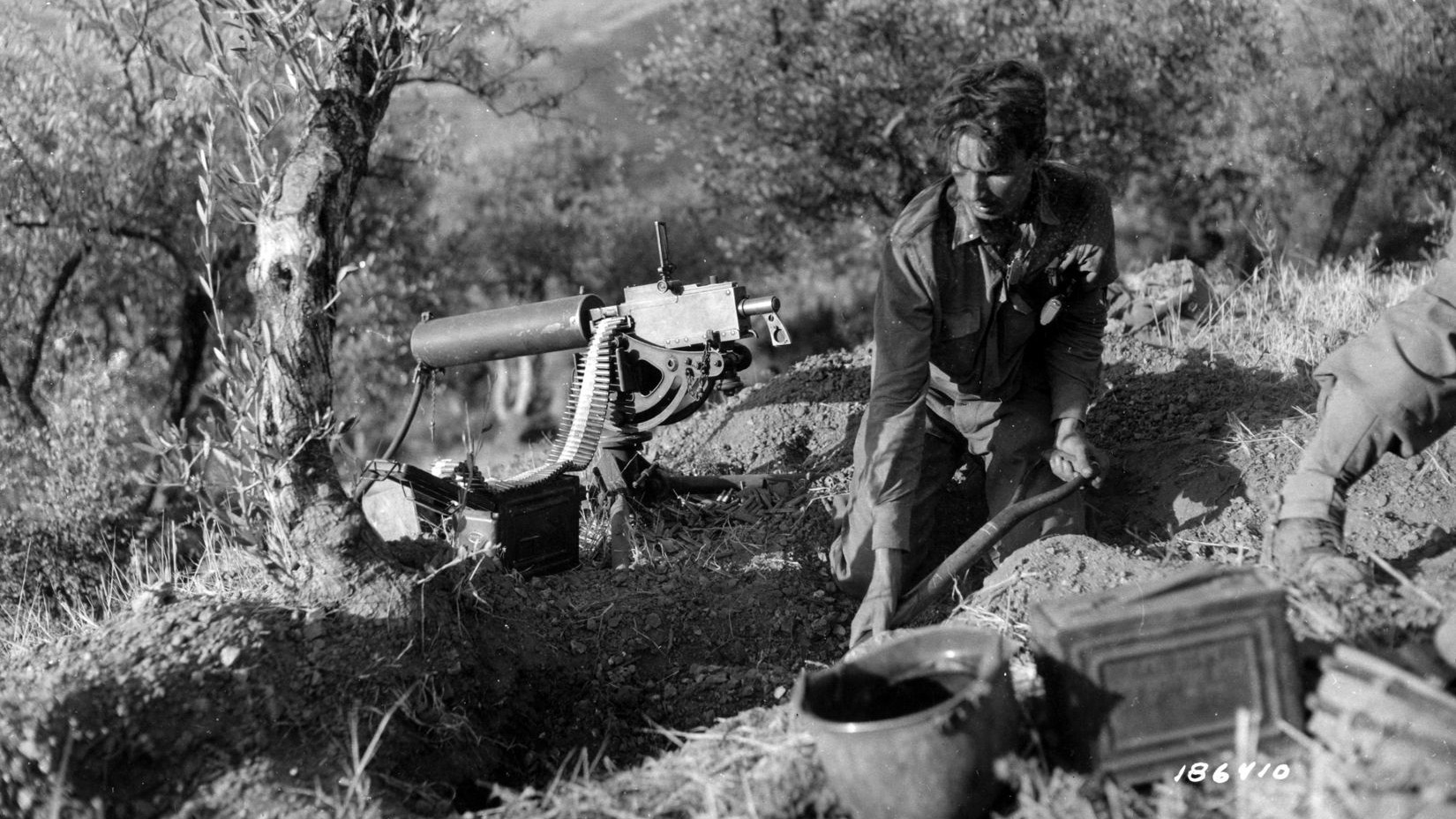
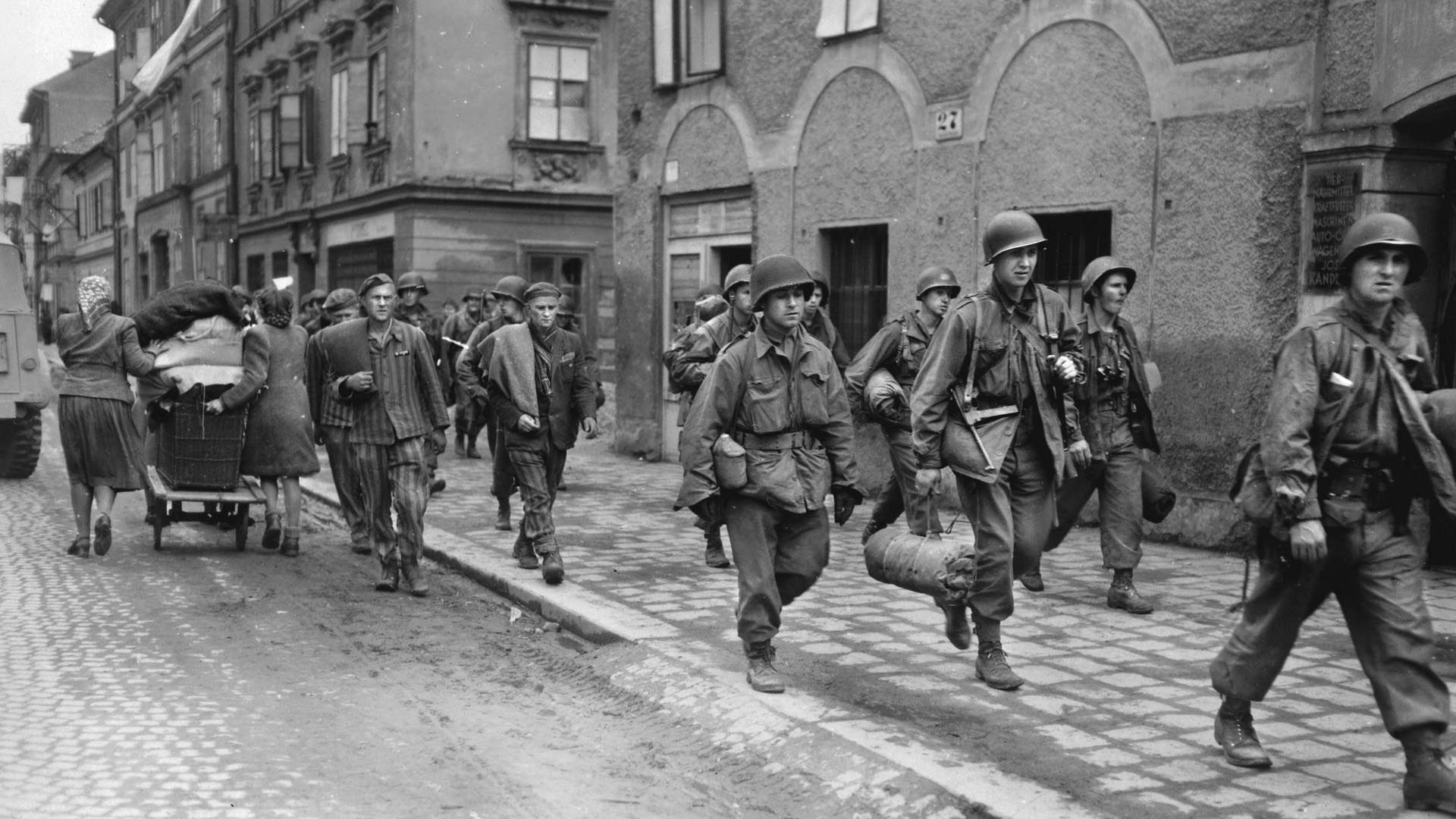
Join The Conversation
Comments
View All Comments